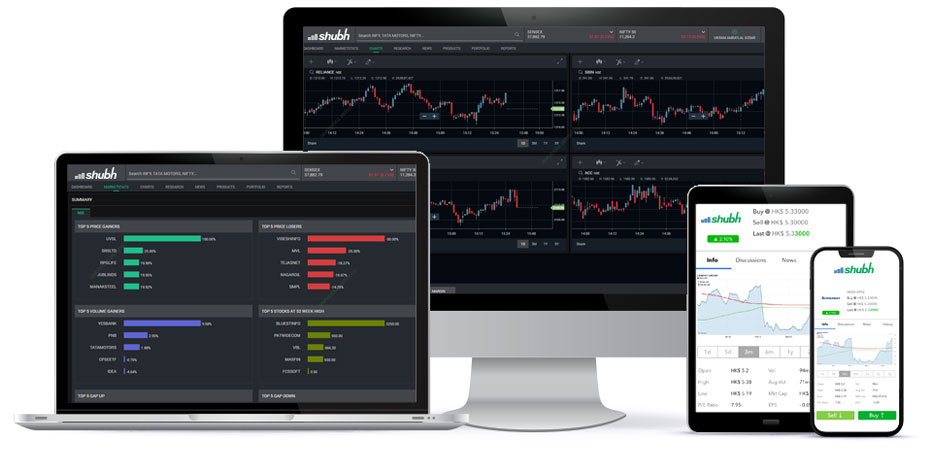Forex trading, the act of buying and selling currencies on the global market is one of the most dynamic and potentially profitable forms of investment. However, it requires more than just luck to succeed. Strategic planning, a deep understanding of the market, and disciplined execution are crucial for consistently winning in Forex. Below are some top techniques for strategic currency trading that can help traders navigate the complexities of the Forex market.
- Mastering Fundamental Analysis
Fundamental analysis involves evaluating a country’s economic indicators, such as GDP, unemployment rates, inflation, and interest rates, to predict currency price movements. Central bank policies, political stability, and economic reports are also vital. For example, if the U.S. Federal Reserve decides to raise interest rates, the U.S. dollar typically strengthens due to higher yields attracting more investments. Understanding how these factors influence currency values is essential for making informed trading decisions.
- Technical Analysis and Chart Patterns
Technical analysis focuses on historical price data and trading volumes to forecast future price movements. By studying charts and recognizing patterns such as head and shoulders, double tops and bottoms, and triangles, traders can identify potential entry and exit points. Indicators like Moving Averages MA, Relative Strength Index RSI, and Bollinger Bands are widely used to gauge market momentum, identify trends, and detect overbought or oversold conditions. A disciplined approach to technical analysis can help traders anticipate market movements with greater accuracy.

- Risk Management and Position Sizing
One of the most critical aspects of Forex trading is risk management. Even the most successful trader’s face losses, but what sets them apart is their ability to manage risk effectively. This involves setting stop-loss orders to limit potential losses, never risking more than a small percentage of your trading capital on a single trade, and using position sizing techniques that align with your risk tolerance. For instance, the 2% rule suggests that traders should not risk more than 2% of their capital on any one trade. Proper risk management ensures that a few bad trades would not wipe out your entire account.
- Understanding Market Sentiment
Market sentiment refers to the overall mood of traders in the market. It is often driven by emotions, news events, and economic data. Sentiment analysis can help traders understand whether the market is bullish or bearish and adjust their strategies accordingly. Tools like the Commitment of Traders COT report provide insights into the positions of large institutional traders, which can be a valuable indicator of future market trends.
- Developing a Trading Plan
A solid trading plan is the foundation of long-term success in Forex trading. This plan should outline your trading goals, risk tolerance, preferred currency pairs, timeframes, and strategies for entering and exiting trades. A well-defined plan helps you stay focused and avoid emotional decision-making during volatile market conditions. Regularly Forexvim trading reviewing and adjusting your plan based on performance and changing market conditions is also essential.
